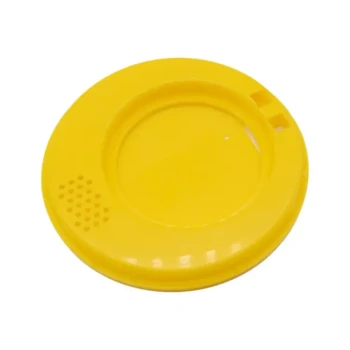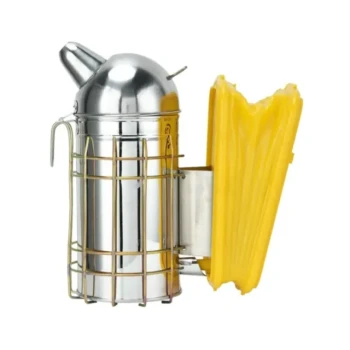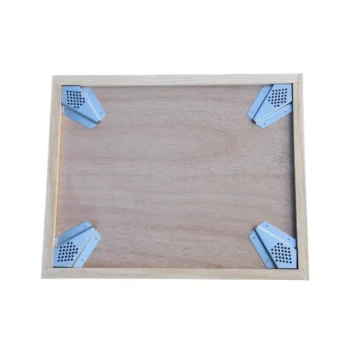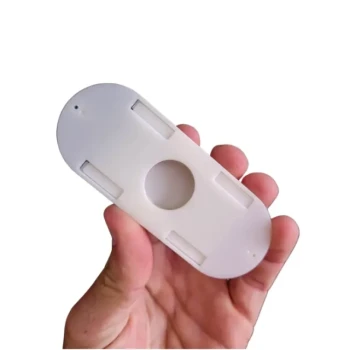For most beekeepers, achieving proficiency in honeybee instrumental insemination is a long-term commitment. It is widely accepted that it takes a minimum of two years and hundreds of hours of dedicated practice to develop the skills necessary to reliably produce and sell instrumentally inseminated queens. This timeline reflects the complexity of the procedure, which is as much a biological science as it is a technical skill.
The path to proficiency in instrumental insemination is not measured in days or weeks, but in seasons. It demands the mastery of micro-surgical techniques, a deep understanding of bee reproductive biology, and meticulous attention to process from start to finish.
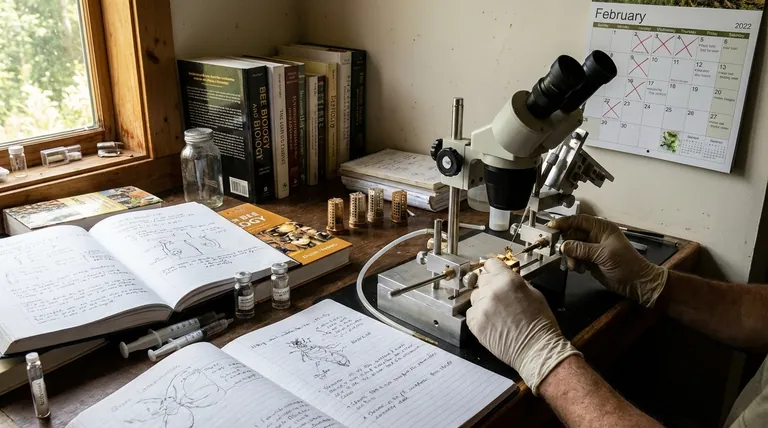
Why the Learning Curve Is So Steep
Instrumental insemination (II) is far more than a simple mechanical procedure. The "two-year" estimate accounts for the time needed to master several distinct but interconnected disciplines. True proficiency means consistently achieving high success rates, which requires competence in every step.
The Micro-Surgical Precision Required
The procedure itself is a form of micro-surgery. You are manipulating delicate reproductive organs that are barely visible to the naked eye using highly specialized equipment.
Developing the necessary fine motor control to handle the queen without causing injury, operate the syringe with precision, and correctly position the instruments takes hundreds of repetitions. Early attempts often result in injury or death to the queen.
Understanding Queen & Drone Biology
A perfect technique is useless without healthy, viable genetic material. A significant portion of the learning curve involves mastering the biological aspects of reproduction.
This includes learning to raise high-quality drones and determining the exact moment of their sexual maturity for semen collection. It also involves knowing how to properly select and prepare virgin queens so they are physiologically receptive to insemination.
Mastering the Equipment
The insemination apparatus itself requires expertise. You must learn to properly calibrate, clean, and maintain the delicate hooks, syringe tips, and manipulators.
Improper setup can damage the queen, while poor sanitation can lead to infection and subsequent failure of the inseminated queen. Each component must be perfectly adjusted for the procedure to have a chance of success.
The Critical Post-Insemination Process
Success is not defined by the insemination event alone. The beekeeper must also master the art of post-procedure queen care and introduction.
An inseminated queen must be held in specific conditions to allow the sperm to migrate properly. She then needs to be carefully introduced into a nucleus colony, and the beekeeper must be able to monitor her and verify that she has begun laying a healthy, fertilized brood pattern.
Understanding the Trade-offs and Common Pitfalls
The long road to proficiency is filled with potential setbacks. Understanding these challenges is key to managing expectations and achieving eventual success.
Rushing the Process
The most common mistake is attempting to work too quickly. Speed is the enemy of precision in the beginning. Early focus must be entirely on flawless, gentle technique, even if it is painfully slow. Speed only comes after the motor skills become second nature.
Neglecting Drone Quality
Many learners focus exclusively on the queen and the insemination technique, overlooking the critical importance of the drones.
Collecting semen from immature drones, or from a small, genetically-limited pool, will result in low-quality inseminations and failed queens, regardless of how well the procedure is performed.
Inadequate Practice
Taking a weekend course is only the first step. Without consistent, repeated practice, the skills will atrophy. Many successful practitioners spend the off-season practicing on drone pupae or other substitutes to maintain their muscle memory.
Making the Right Choice for Your Operation
Deciding whether to pursue this skill depends entirely on your goals as a beekeeper.
- If your primary focus is advanced stock breeding: Instrumental insemination is an essential tool for isolating and propagating specific genetic traits, and the significant time investment is absolutely necessary.
- If your primary focus is commercial queen production: You must treat the two-year learning curve as a significant R&D investment and factor the high initial costs and failure rates into your business plan before expecting any return.
- If your primary focus is honey production or sideline beekeeping: The extreme investment of time and money is likely impractical, and purchasing queens with desired traits from a reputable breeder is a far more efficient and reliable strategy.
Ultimately, mastering instrumental insemination is a testament to patience, precision, and a deep respect for the complexities of honeybee biology.
Summary Table:
| Key Learning Area | Time Commitment | Critical Skills Developed |
|---|---|---|
| Micro-Surgical Precision | Hundreds of practice hours | Fine motor control, delicate handling |
| Bee Reproductive Biology | Multiple breeding seasons | Drone maturity assessment, queen preparation |
| Equipment Mastery | Continuous practice | Apparatus calibration, sanitation, maintenance |
| Post-Insemination Care | Full season cycles | Queen introduction, brood pattern verification |
Ready to Master Instrumental Insemination?
For commercial apiaries and beekeeping equipment distributors, HONESTBEE provides the professional-grade supplies and equipment needed to support your journey in instrumental insemination. Our wholesale-focused operations ensure you get reliable, precision tools for successful queen rearing programs.
Contact our expert team today to discuss how our beekeeping solutions can help you achieve breeding success with greater efficiency and reliability.
Visual Guide
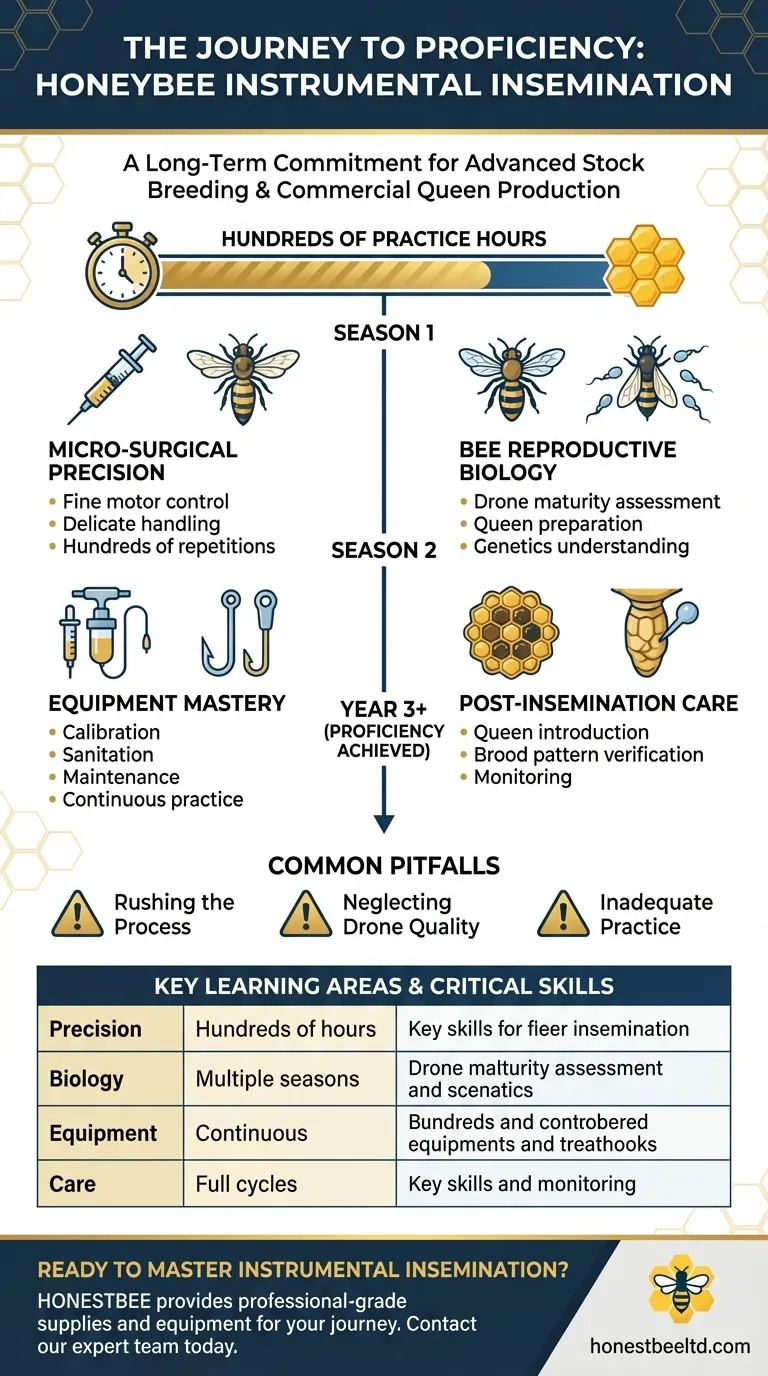
Related Products
- Queen Bee Artificial Insemination Instrument Equipment for Instrumental Insemination
- Plastic Chinese Queen Grafting Tool for Bee Queen Rearing
- Wooden Queen Bee Excluder for Beekeeping
- Plastic Long Marker Device for Catching and Marking Bees Queen Bee Marking Tube and Cage
- Professional Spring-Action Queen Catcher Clip
People Also Ask
- What is the basic process of artificial insemination in honey bees? A Guide to Controlled Breeding for Superior Genetics
- What techniques have been used for semen mixing in artificial insemination? Master the Standard Protocol for Genetic Diversity
- What is instrumental insemination's role in bee breeding? Master Genetic Control for Superior Honey Bees
- How should the mucus present during semen collection be handled? Avoid Clogs and Ensure Sample Quality
- How is success of honey bee artificial insemination evaluated? From Oviposition to Long-Term Queen Quality







